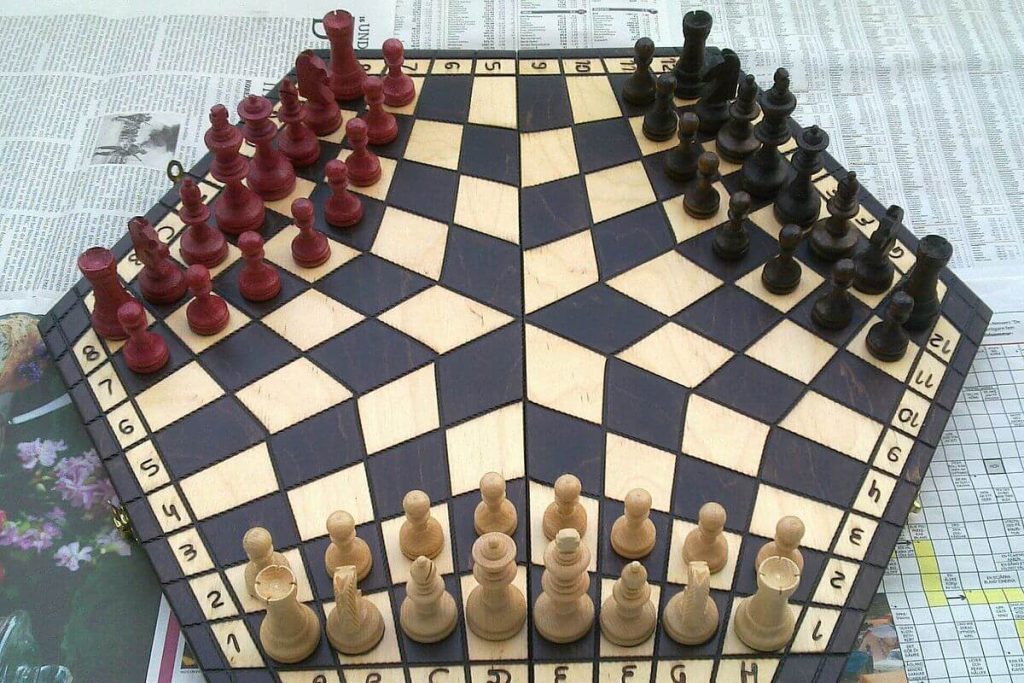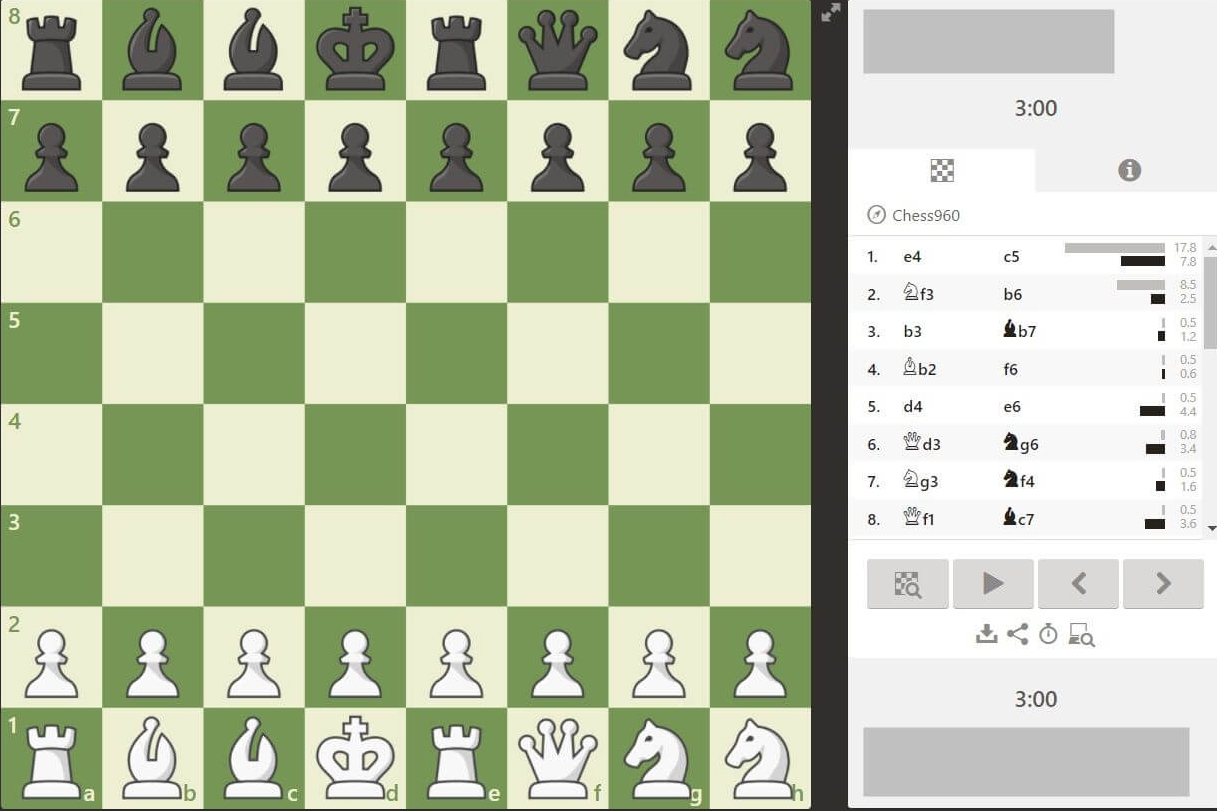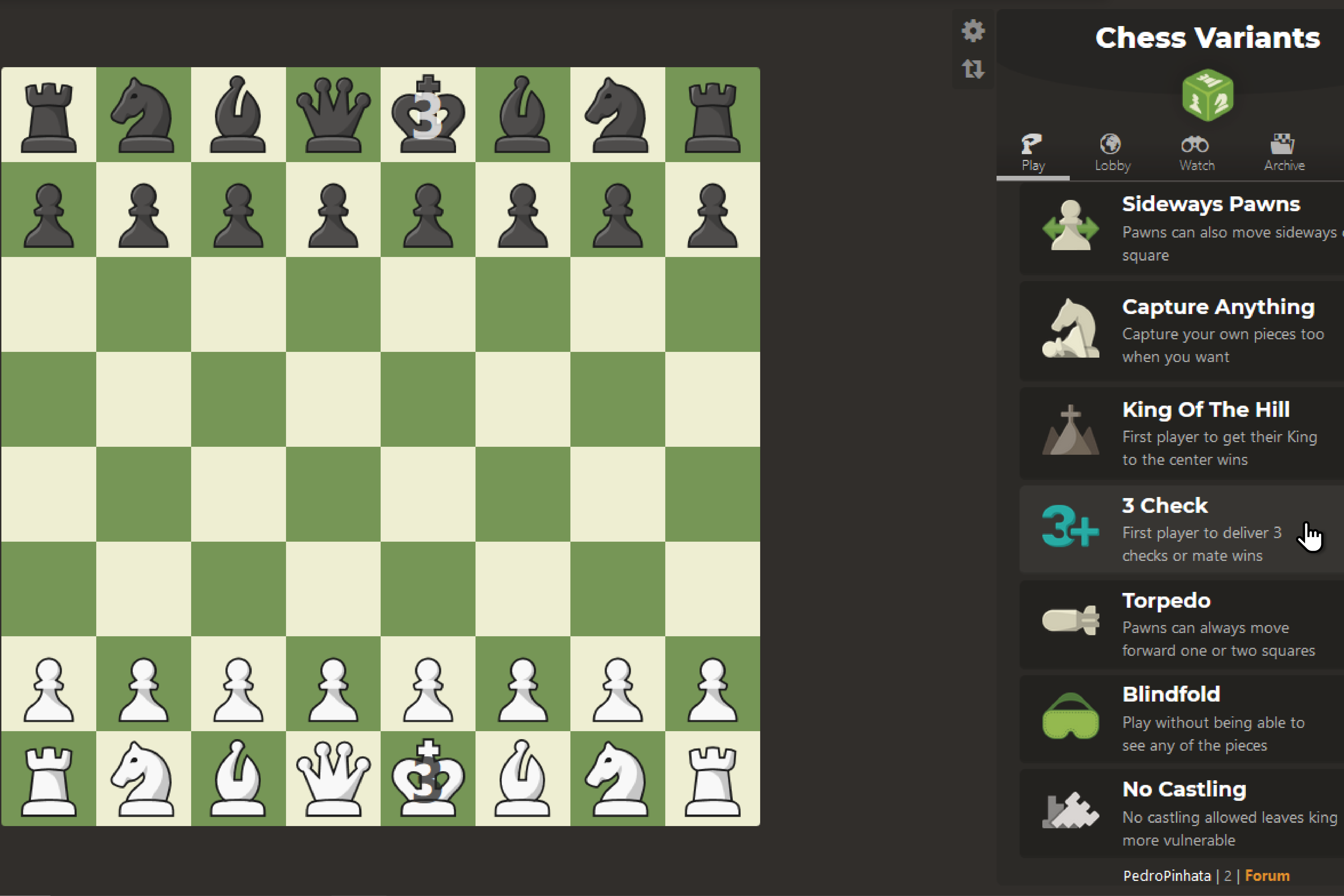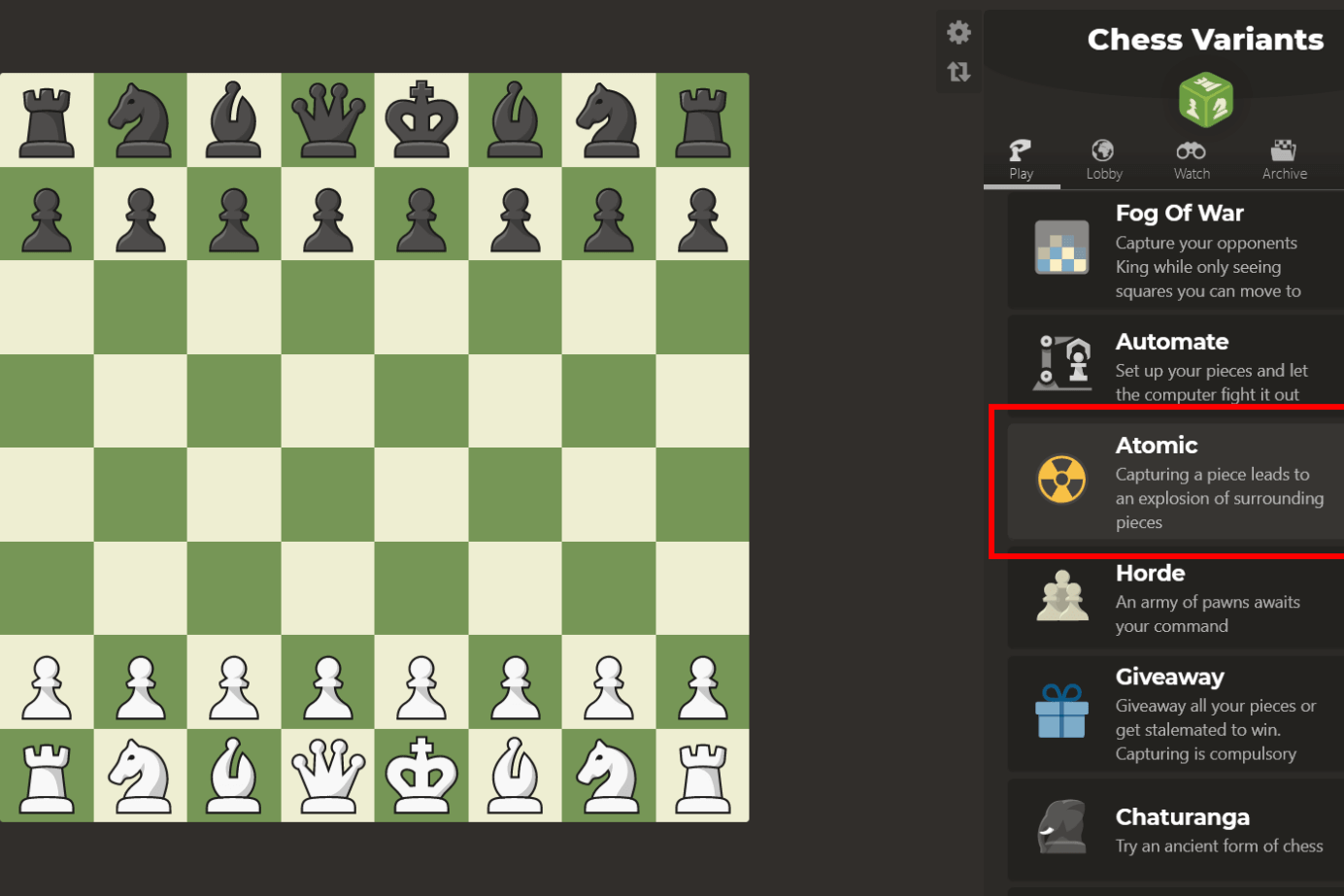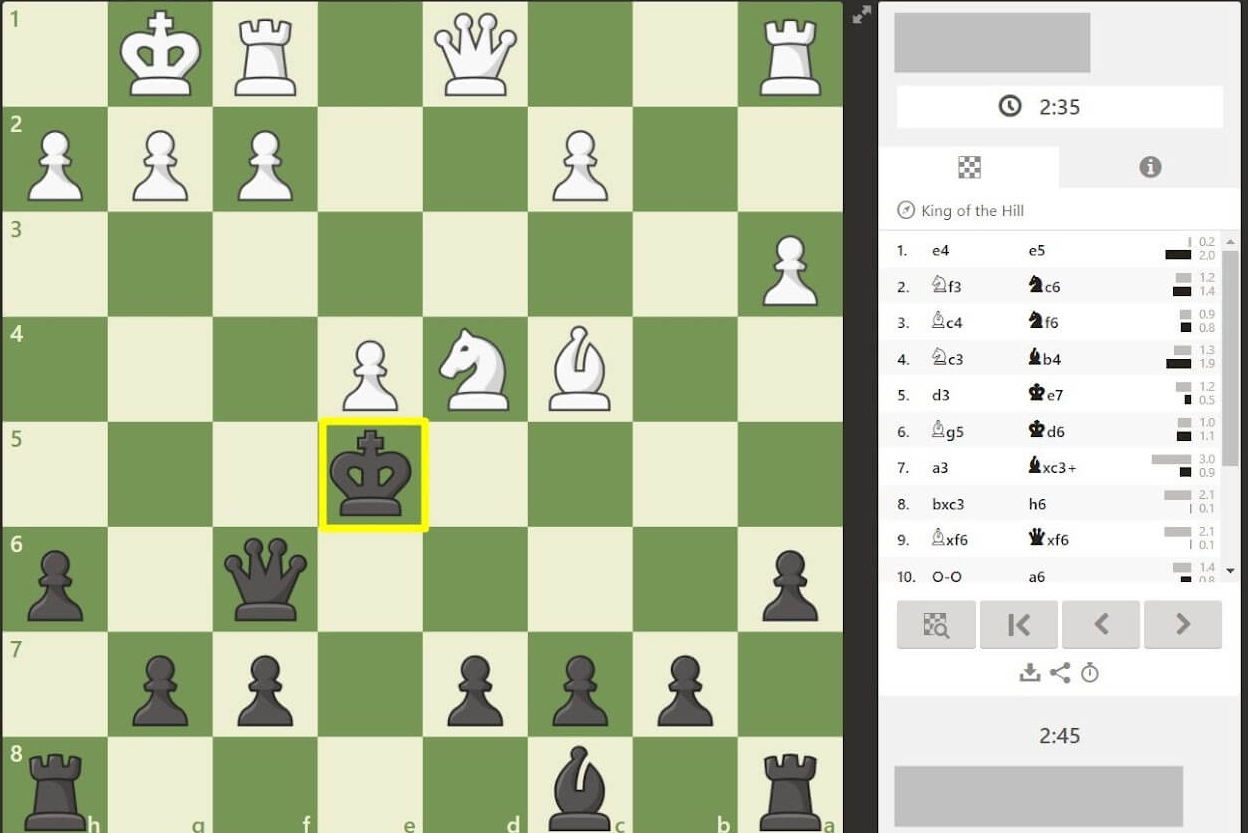No products in the cart.
Chess News, Events & Blogs
Exploring Chess Variants: A Guide to Different Types
Are you looking to expand your knowledge of chess beyond the classic game? Look no further than our guide to exploring chess variants! From regional variations like Chinese chess and Shogi to modern twists on the classic game, such as Chess960 and Atomic Chess, this guide will introduce you to a wide range of exciting and challenging chess variants. Join us on a journey through the fascinating world of chess variants and discover new ways to enjoy this timeless game.
Table of Contents
Historical Background of Chess Variants
Chess has a long and rich history, with its origins dating back over 1,500 years. The game as we know it today evolved from a variety of different chess variants that were played throughout Europe and the Middle East during the Middle Ages. These early versions of chess were often played with different pieces and rules, but they all shared the same basic goal of capturing the opponent’s king.
One of the earliest and most popular chess variants was chaturanga, which was played in India as early as the 6th century AD. Chaturanga featured four types of pieces, representing the different arms of the Indian army: elephants, chariots, horses, and foot soldiers. This game spread to Persia, where it was modified and became known as Shatranj. In Shatranj, the four pieces were changed to the modern rook, knight, bishop, and pawn. During the 10th century, the game of shatranj was introduced to the Islamic world, where it became immensely popular. It was played throughout the Middle East and North Africa and was eventually brought to Europe by the Moors in the 9th century. In Europe, the game underwent further modifications, including the addition of the queen and the use of modern chess pieces. Today, there are many different variants of chess played all around the world, each with their own unique rules and traditions. Some variants, like Chinese chess and Japanese shogi, are still played with traditional pieces and boards, while others, like Fischer Random chess and Three-Check chess, introduce new elements and challenges to the game. Understanding the historical background of chess variants is a great way to appreciate the diversity and complexity of this timeless game.
Popular Variants: Rules and Gameplay
Fischer Random Chess
Fischer Random Chess, also called Chess960, was invented by former World Chess Champion Bobby Fischer. It was designed to address some of the perceived problems with traditional chess, such as over-reliance on opening memorization and lack of creativity due to the repetitive nature of the opening moves.
In Chess960, the starting position of the pieces in the back rank is randomized, with the restriction that the two bishops must be placed on opposite-colored squares. This creates 960 different starting positions, hence the name “Chess960”. The objective of the game remains the same as in traditional chess – to checkmate the opponent’s king – but the initial setup of the pieces greatly increases the complexity and variety of the game. Fischer Random Chess has gained popularity among chess enthusiasts and professionals alike, and many official tournaments and championships are held in this variant. The unique nature of the game also encourages creativity and innovation in opening strategies and gameplay, making it an exciting and challenging variation of the traditional game.
Blitz chess
Blitz chess, also known as speed chess, is a fast and exciting chess variant that is popular among players who prefer quick and intense games. In this variant, each player is given a limited amount of time to make their moves, usually around five minutes per player or less. Due to the time pressure, players need to think and act quickly, which can lead to mistakes, blunders, and unexpected outcomes. The fast-paced nature of blitz chess also means that players need to have a good sense of the game’s tactics and strategies to succeed. Blitz chess can be played with different time controls and rules, depending on the tournament or game setting. Some variants allow for increments, which add extra time to the clock after each move, while others use a sudden death format, where the first player to run out of time loses the game. Overall, blitz chess is an exciting and dynamic variant of the game that requires skill, quick thinking, and a strong ability to handle pressure.
Three-Check Chess
Three-Check Chess is a fascinating variant that adds a new dimension to the classic game of chess. Instead of the usual objective of checkmating the opponent’s king once, the players have to checkmate the opponent’s king three times. This means that even if a player loses their king in the first two checkmates, they still have a chance to win the game by getting the third checkmate. This makes the game more unpredictable and exciting as players can take risks and make sacrifices to achieve the three checkmates.
For instance, a player may sacrifice their bishop to checkmate the opponent’s king for the first time, or they may allow their opponent to checkmate their king once to set up a trap for the second checkmate. The game also rewards aggressive play and punishes overly defensive strategies as players need to checkmate their opponent’s king three times within a reasonable time frame. Three-Check Chess is a popular variant among chess enthusiasts and has even been included in some major chess tournaments. Its unique gameplay mechanics and strategic depth make it a challenging and rewarding experience for players of all levels.
Atomic Chess
Atomic Chess is a fascinating variant of chess that is known for its explosive nature. It’s a game where capturing a piece leads to an “explosion” which results in all the adjacent pieces, including one’s own, being captured as well. This creates a game full of unexpected and unpredictable outcomes, making it one of the most exciting and thrilling variants of chess to play.
In Atomic Chess, players need to be careful about their moves and think ahead to avoid triggering a chain reaction that could result in the loss of multiple pieces. This creates a unique dynamic in which players need to balance the risk of capturing an opponent’s piece with the risk of losing their own. One of the interesting aspects of Atomic Chess is that it often leads to positions where players have a lot of material on the board but are still in danger of losing. This creates an exciting atmosphere where the outcome of the game is uncertain until the very end. Overall, Atomic Chess is a fast-paced, explosive, and unpredictable variant of chess that is sure to challenge and excite players of all skill levels.
King of the Hill Chess
King of the Hill Chess is an interesting variant that introduces a new objective to the traditional game of chess. In this variant, players must maneuver their kings to the center of the board and keep them there for four consecutive moves to win the game. This objective adds a new strategic element to the game, as players must not only focus on attacking their opponent’s pieces but also on securing control of the center of the board.
One of the unique features of King of the Hill Chess is the importance of the king in the game. Traditionally, the king is a valuable piece that needs to be protected at all costs. However, in this variant, the king becomes a powerful weapon that can help secure victory. Players must use their kings to control the center of the board and fend off attacks from their opponent’s pieces. In addition to the importance of the king, King of the Hill Chess also introduces a new time limit to the game. Players must achieve the objective within a limited number of moves, usually 40 or 50. This creates a sense of urgency and adds to the excitement of the game.

